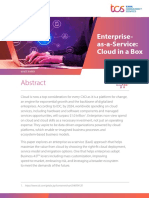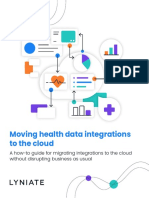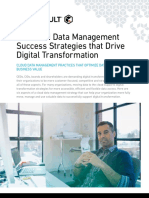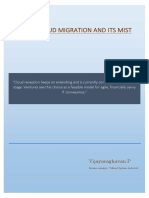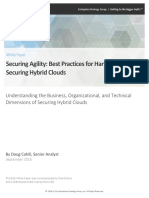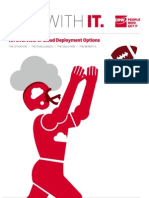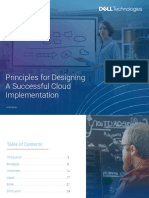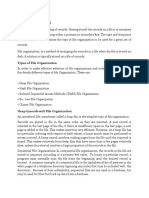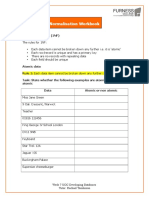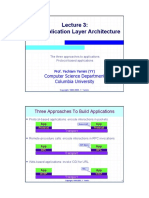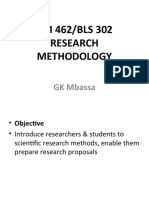0% found this document useful (0 votes)
34 views9 pagesFivetran 6 Best Practices For Cloud Data Integration
The document outlines six best practices for cloud data integration, emphasizing the importance of hybrid cloud strategies as organizations increasingly adopt cloud technologies. Key practices include understanding operational impacts, enhancing network efficiency, ensuring data security, and maintaining low latency during migrations. It also highlights the significance of log-based change data capture for real-time analytics and the need for flexibility in data integration solutions.
Uploaded by
pra_scribCopyright
© © All Rights Reserved
We take content rights seriously. If you suspect this is your content, claim it here.
Available Formats
Download as PDF, TXT or read online on Scribd
0% found this document useful (0 votes)
34 views9 pagesFivetran 6 Best Practices For Cloud Data Integration
The document outlines six best practices for cloud data integration, emphasizing the importance of hybrid cloud strategies as organizations increasingly adopt cloud technologies. Key practices include understanding operational impacts, enhancing network efficiency, ensuring data security, and maintaining low latency during migrations. It also highlights the significance of log-based change data capture for real-time analytics and the need for flexibility in data integration solutions.
Uploaded by
pra_scribCopyright
© © All Rights Reserved
We take content rights seriously. If you suspect this is your content, claim it here.
Available Formats
Download as PDF, TXT or read online on Scribd
/ 9





